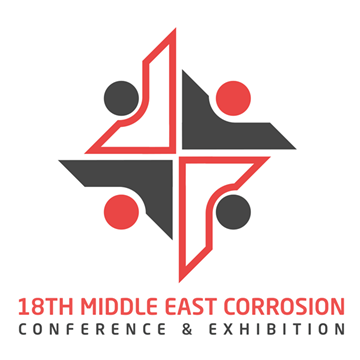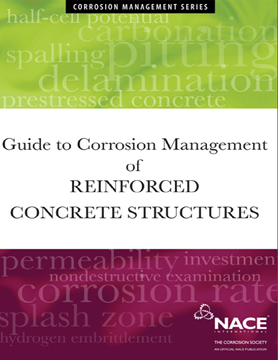Search
Products tagged with 'concrete'
View as
Sort by
Display
per page
Deterioration of Wastewater Treatment and Collection System Assets: Knowing Where and How to Look
Product Number:
41206-271-SG
Publication Date:
2006
$20.00
Effect of Chloride on the SCC Behavior of Carbon Steel Welds Exposed to Concrete Pore Water under Anoxic Conditions
Product Number:
51323-19029-SG
Publication Date:
2023
$20.00
Evaluation Of Pitting Penetration Associated With Steel Exterior Of Hanford Tanks
Product Number:
51322-18002-SG
Publication Date:
2022
$20.00
Galvanic Corrosion Protection of Reinforced Concrete Structures
Product Number:
MECC23-20192-SG
Publication Date:
2023
$20.00
Guide to Corrosion Management of Reinforced Concrete Structures
Product Number:
24246-SG
ISBN:
1-57590-244-3
Publication Date:
2011
$120.00
High Voltage Porosity Testing Continuous DC vs. Pulsed DC
Product Number:
41212-674-SG
Publication Date:
2012
$20.00
History of Sealers and Coatings in Decorative Concrete
Product Number:
41212-712-SG
Publication Date:
2012
$20.00
How A Single-Coat, Non-Hazardous Epoxy Saves Charlotte Water Money In The Long Run
Product Number:
51322-17988-SG
Publication Date:
2022
$20.00
ICRI Technical Guideline 03741/NACE Publication 02203/SSPC-TR 5-2003, Design, Installation, and Maintenance of Protective Polymer Flooring Systems for Concrete
Product Number:
24220-SG
Publication Date:
2003
$179.00
Inhibition of Microbial Induced Corrosion of Concrete using Admixture and Surface Applied Corrosion Inhibitors
Product Number:
51323-18768-SG
Publication Date:
2023
$20.00
Laboratory and Field Testing of Thin-Film Air Barrier Coatings When Applied to Concrete Masonry Units
Product Number:
41213-759-SG
Publication Date:
2013
$20.00












